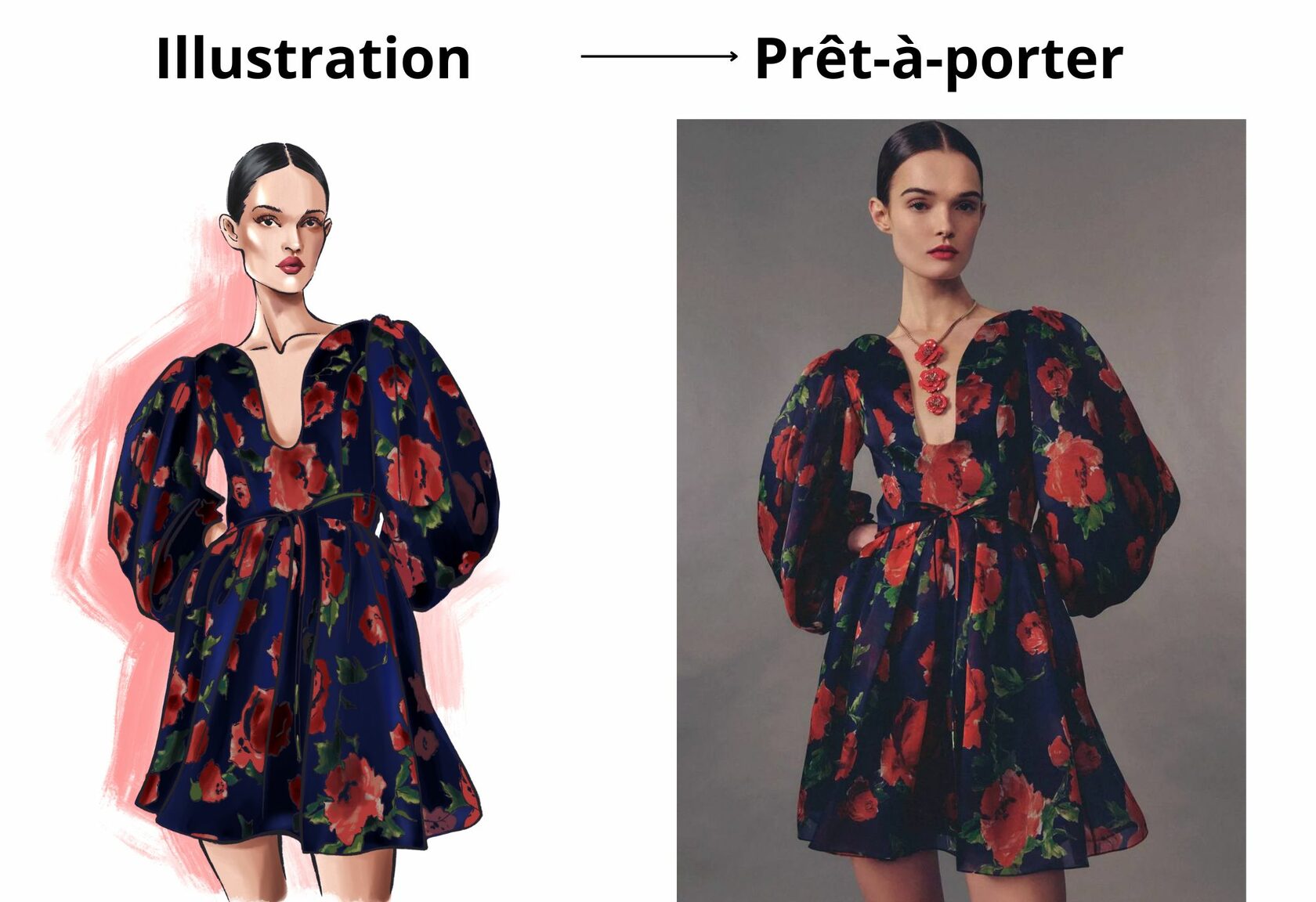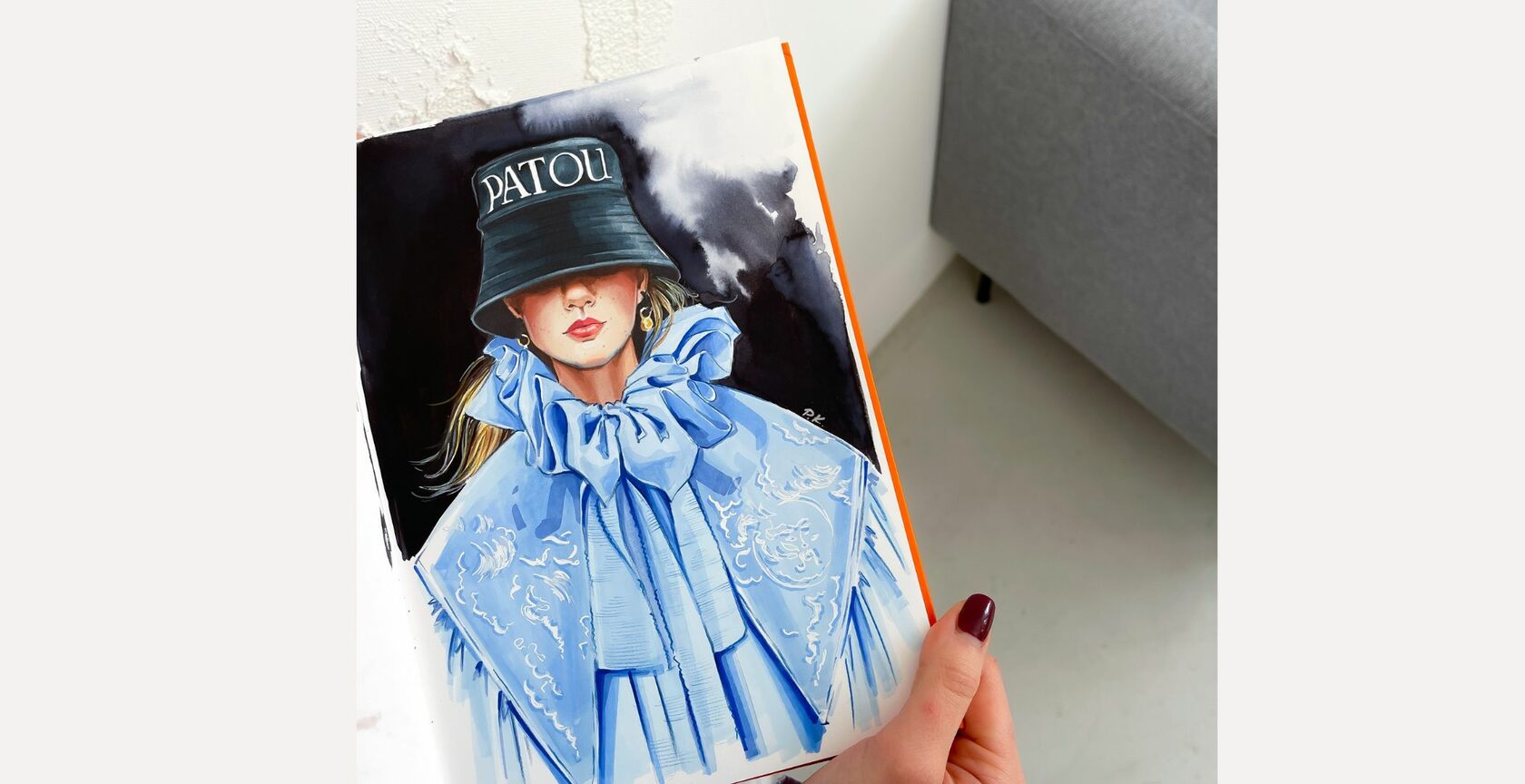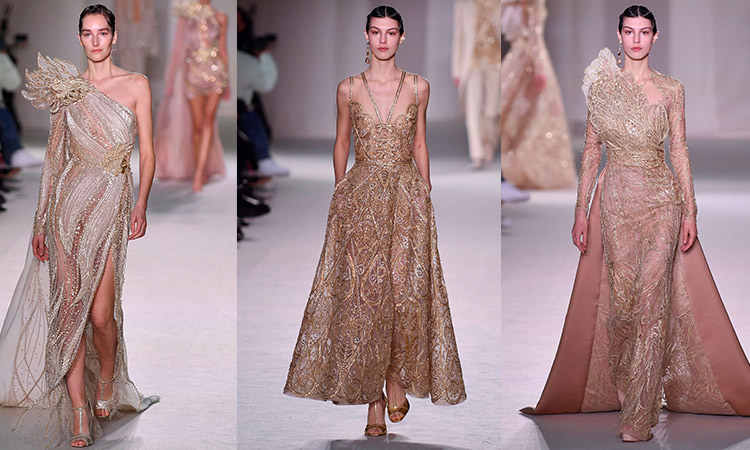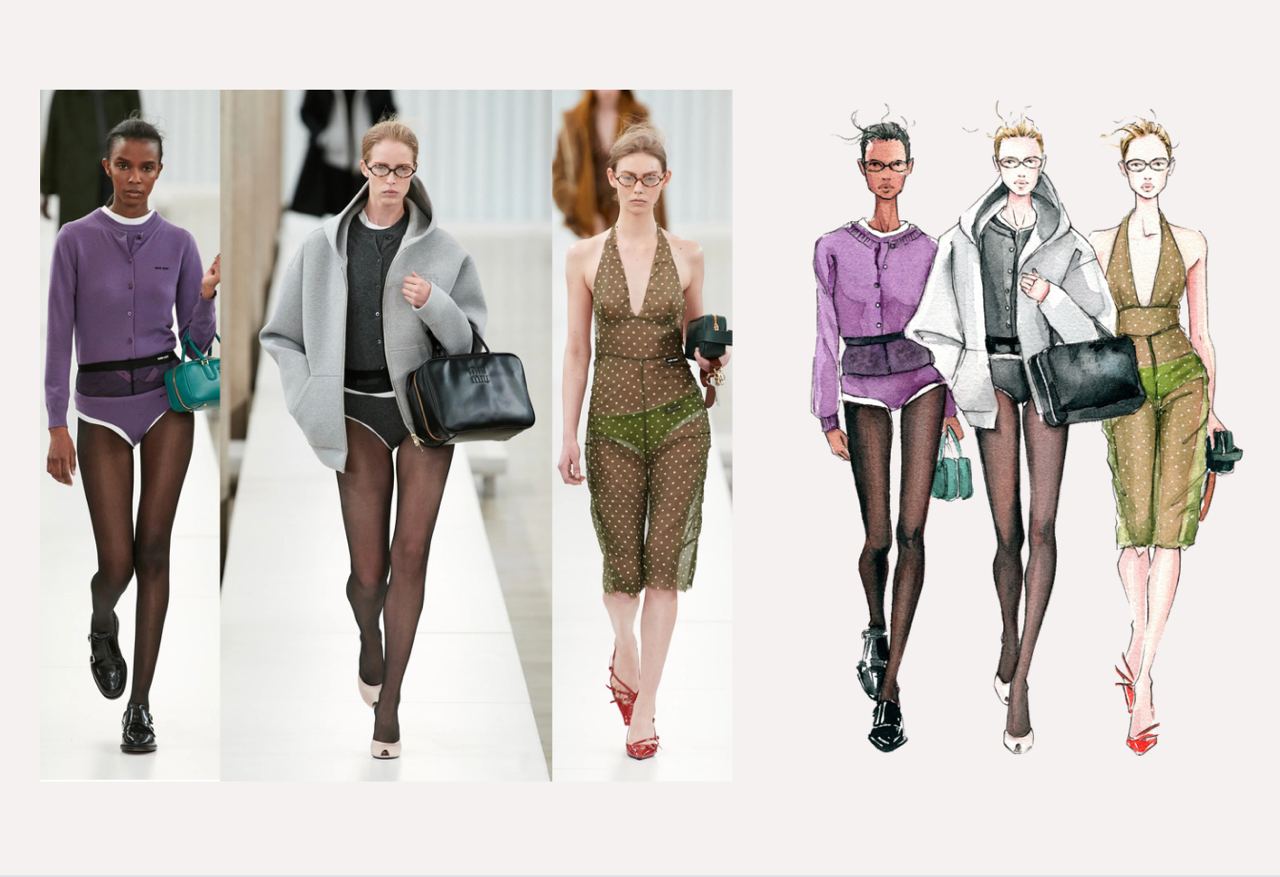Fashion illustration, once regarded as a niche art form, has evolved into a dynamic and integral part of the design industry. Beyond being aesthetically pleasing, fashion illustration plays a multifaceted role in shaping the creative process, facilitating communication, and influencing trends. In this exploration, we unravel the diverse facets of fashion illustration and its pivotal role in the ever-evolving design landscape.
1. Visualizing Creative Concepts
At the core of the design industry lies the need to translate abstract ideas into tangible, visual representations. Fashion illustration serves as the bridge between imagination and realization, allowing designers to visualize their creative concepts before committing them to fabric. Sketches and drawings breathe life into ideas, enabling designers to refine and iterate on their visions.

2. Communication Tool in Design Studios
Within design studios, where collaboration is key, fashion illustration emerges as a universal language. Designers, pattern makers, and garment manufacturers often speak different professional dialects, making effective communication challenging. Fashion illustrations serve as a common ground, enabling stakeholders to communicate and align on design elements, proportions, and details without the need for extensive verbal explanations.
3. Inspiration and Trend Setting
Fashion illustration is not only a response to trends but also a powerful influencer. Illustrators have the ability to capture the zeitgeist and translate cultural shifts into visual narratives. By portraying garments in different styles, settings, and moods, fashion illustrators set the tone for upcoming trends. Designers frequently turn to illustrations to draw inspiration and stay ahead of the curve in a fast-paced industry.

4. Preserving a Craft in the Digital Age
In an era dominated by digital technologies, fashion illustration stands as a testament to the enduring value of traditional artistic skills. While digital tools have become prevalent, many designers continue to appreciate and incorporate hand-drawn illustrations for their authenticity and unique charm. This blending of traditional and digital techniques enriches the design landscape with a diverse range of visual languages.

5. Personal Branding for Designers
Fashion illustrators often become synonymous with certain designers or design houses, contributing to the establishment of a distinct brand identity. Think of iconic illustrators like René Gruau, whose work became inseparable from the elegance of Dior. By creating a visual signature, fashion illustrators contribute to the branding efforts of designers, making their work instantly recognizable and associated with a particular aesthetic.

6. Fashion Illustration in Marketing and Advertising
The influence of fashion illustration extends beyond design studios and runways to permeate marketing and advertising strategies. Brands leverage the evocative power of illustrations in campaigns, promotional materials, and social media. Illustrations can convey a brand's ethos, evoke emotions, and create a compelling narrative that resonates with the target audience.
7. Educational Tool and Skill Development
Fashion illustration serves as a fundamental educational tool for aspiring designers. Art schools and design programs emphasize the importance of sketching and drawing in developing a designer's eye for form, proportion, and composition. Through the act of illustrating garments, students refine their skills, learning to convey movement, texture, and design details.

8. Expressing Diversity and Inclusivity
In recent years, there has been a growing emphasis on diversity and inclusivity in the fashion industry. Fashion illustration plays a crucial role in reflecting and promoting these values. Illustrators have the power to celebrate diverse body types, ethnicities, and styles, contributing to a more inclusive representation of beauty and fashion.

9. Reviving Couture and Bespoke Design
As the fashion industry grapples with mass production and fast fashion, fashion illustration rekindles an appreciation for couture and bespoke design. Detailed illustrations showcase the craftsmanship and artistry involved in creating unique, handcrafted garments, encouraging a return to the appreciation of quality over quantity.

10. Adaptation to Technological Advances
While traditional fashion illustration holds its ground, the industry has also witnessed a seamless integration of technology. Digital illustration tools and software have become essential for designers, allowing for quicker iterations, precise detailing, and experimentation with colors and textures. Fashion illustration continues to evolve, embracing technological advances to enhance its creative possibilities.
Conclusion

In the intricate tapestry of the design industry, fashion illustration stands as a vibrant thread, weaving together creativity, communication, and cultural expression. Its role extends far beyond the sketchpad, influencing trends, fostering collaboration, and preserving the artistry of design in an ever-changing landscape. As we continue to witness the fusion of tradition and innovation, fashion illustration remains an indispensable force, shaping the narrative of style and design for generations to come.
Frequently asked questions (FAQ)
1. What is fashion illustration, and why is it important for fashion designers?
Fashion illustration is the art of visually expressing clothing designs and ideas. For designers, it serves as a crucial tool for communicating their creative vision, capturing the essence of a garment before it's brought to life.
2. Do I need to be a skilled artist to incorporate fashion illustration into my design process?
While strong drawing skills can be beneficial, you don't need to be a master artist. Many designers use various illustration techniques, including digital tools, collage, or simple sketches, to convey their ideas effectively.
3. How can fashion illustration enhance my design process?
Fashion illustration allows you to explore and experiment with design concepts, helping you refine and visualize your ideas. It aids in effective communication with clients, manufacturers, and other stakeholders in the fashion industry.
4. Can I use digital tools for fashion illustration, and if so, which ones are recommended?
Absolutely! Many designers use digital tools like Procreate, Adobe Illustrator, or even tablet-based apps for fashion illustration. These tools offer flexibility, efficiency, and a range of creative possibilities.
5. Are there specific styles or techniques commonly used in fashion illustration?
Fashion illustration is diverse, and styles can vary widely. Some artists opt for realistic depictions, while others embrace more abstract or stylized approaches. Techniques may include sketching, watercolor, digital rendering, or mixed media.
6. How can I improve my fashion illustration skills?
Practice is key. Regularly sketching and experimenting with different styles and mediums can enhance your skills. Consider taking online courses, attending workshops, and studying the work of renowned fashion illustrators for inspiration.
7. Is fashion illustration only for professional designers, or can hobbyists benefit too?
Fashion illustration is for everyone interested in expressing their creativity through clothing design. Whether you're a professional designer or a hobbyist, honing your illustration skills can be a rewarding and enjoyable endeavor.
8. Can fashion illustration be used for more than just showcasing designs?
Absolutely! Beyond design presentations, fashion illustration can be applied to mood boards, marketing materials, social media content, and even personal projects. It's a versatile tool that can elevate various aspects of the fashion industry.
9. How can I incorporate fashion illustration into my portfolio?
Include a diverse range of your fashion illustrations that showcase your style and versatility. Highlight key projects, emphasizing the process from initial sketches to the final designs.
10. Are there any recommended resources for learning fashion illustration?
Numerous online platforms offer courses and tutorials tailored for fashion illustration. Websites like Skillshare, Udemy, and Coursera provide a wealth of resources for both beginners and experienced artists.
1. What is fashion illustration, and why is it important for fashion designers?
Fashion illustration is the art of visually expressing clothing designs and ideas. For designers, it serves as a crucial tool for communicating their creative vision, capturing the essence of a garment before it's brought to life.
2. Do I need to be a skilled artist to incorporate fashion illustration into my design process?
While strong drawing skills can be beneficial, you don't need to be a master artist. Many designers use various illustration techniques, including digital tools, collage, or simple sketches, to convey their ideas effectively.
3. How can fashion illustration enhance my design process?
Fashion illustration allows you to explore and experiment with design concepts, helping you refine and visualize your ideas. It aids in effective communication with clients, manufacturers, and other stakeholders in the fashion industry.
4. Can I use digital tools for fashion illustration, and if so, which ones are recommended?
Absolutely! Many designers use digital tools like Procreate, Adobe Illustrator, or even tablet-based apps for fashion illustration. These tools offer flexibility, efficiency, and a range of creative possibilities.
5. Are there specific styles or techniques commonly used in fashion illustration?
Fashion illustration is diverse, and styles can vary widely. Some artists opt for realistic depictions, while others embrace more abstract or stylized approaches. Techniques may include sketching, watercolor, digital rendering, or mixed media.
6. How can I improve my fashion illustration skills?
Practice is key. Regularly sketching and experimenting with different styles and mediums can enhance your skills. Consider taking online courses, attending workshops, and studying the work of renowned fashion illustrators for inspiration.
7. Is fashion illustration only for professional designers, or can hobbyists benefit too?
Fashion illustration is for everyone interested in expressing their creativity through clothing design. Whether you're a professional designer or a hobbyist, honing your illustration skills can be a rewarding and enjoyable endeavor.
8. Can fashion illustration be used for more than just showcasing designs?
Absolutely! Beyond design presentations, fashion illustration can be applied to mood boards, marketing materials, social media content, and even personal projects. It's a versatile tool that can elevate various aspects of the fashion industry.
9. How can I incorporate fashion illustration into my portfolio?
Include a diverse range of your fashion illustrations that showcase your style and versatility. Highlight key projects, emphasizing the process from initial sketches to the final designs.
10. Are there any recommended resources for learning fashion illustration?
Numerous online platforms offer courses and tutorials tailored for fashion illustration. Websites like Skillshare, Udemy, and Coursera provide a wealth of resources for both beginners and experienced artists.











